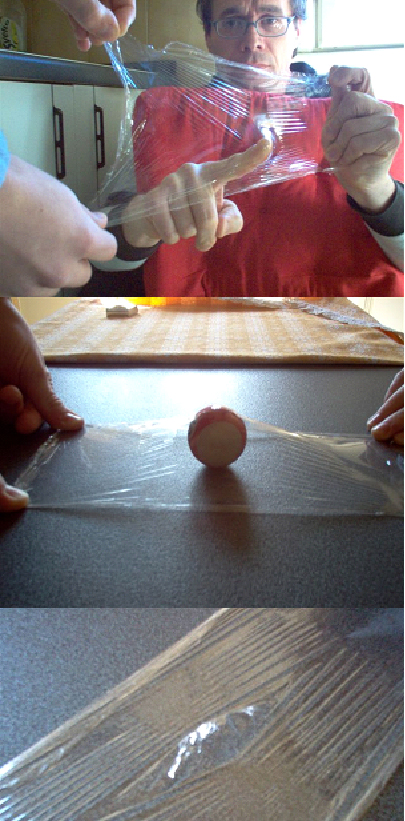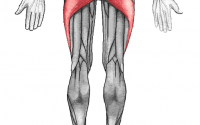Simulating Fascia & Injury
Simulating Fascia & Injury by Maurizio Ronchi
In this article, I will try to demonstrate using a simple analogy, how injury and deformation on fascia can affect our body. I used a Glad Wrap (polyethylene) sheet to simulate a fascial sheet, a myofascial expansion, perimysium or thin aponeurosis. I simulated an injury or insult to the fascial sheet using a finger or a small ball that exerted pressure on the sheet and created deformation without a lesion.
My question is, can an injury resulted from external condition (such as a traumatic accident) or from internal condition (such as dislocation , oedema) can create this type of damage on the fascial structure? If yes, then is the deformation is temporary or permanent?
My hypothesis is that the deformed fascia will arouse a repair or remodelling process e.g. stimulating the densification of collagen or the tensile forces of the adjacent muscles or tendons or fascial expansion will try to restore the damage. It may be that as a result of the deformation or repair process, can possibly create a myofascial trigger-point? And can manual manipulation help the process of restoration?
In the event when the injury create a lesion, what will happen and as scar developed, similar to scar in the muscles, what kind of difference in its physical properties?
I would love to hear your comments and opinions, please email me: ik2yxk@libero.it and I’d be happy to hear from you.
Maurizio Ronchi is a bodyworker, sports athlete, and instructor. He likes to play extreme sports, including 100 m track and long jump, basketball, judo, and climbing. He was a track and field instructor since 1979, Climbing instructor since 1992. In the last 25 years, he has worked for athletes on various sports and at the moment working for SEREGNO RUGBY as a sports bodyworker.

